
Skawinki
Elaboration author
Artur Karpacz
Monuments
Parishes
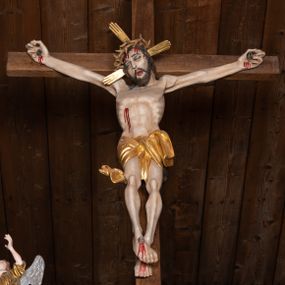
Crucifix
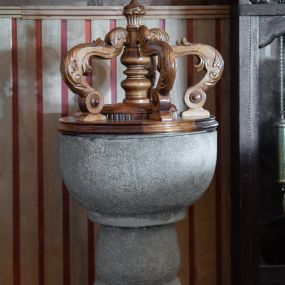
Baptismal font
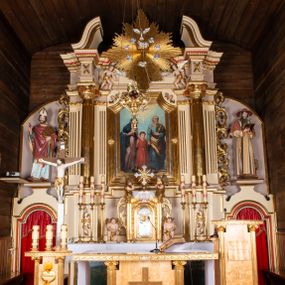
High altar
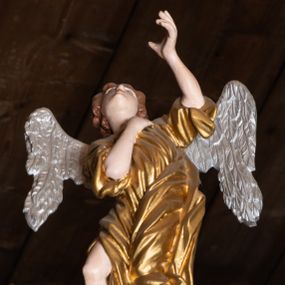
Angel sculpture
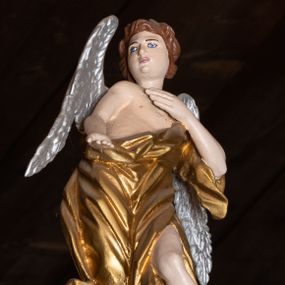
Angel sculpture
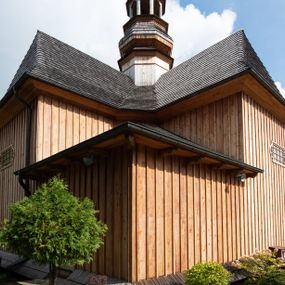
Church of Saint Joachim in Skawinki

Our Lady of the Immaculate Conception (painting)
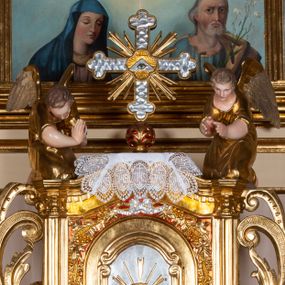
Pair of Angels
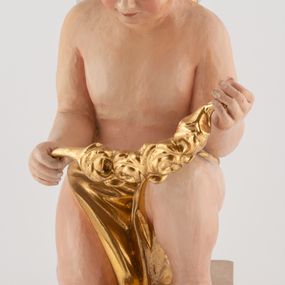
Angel sculpture

Angel sculpture
History abstract
Skawinki was incorporated under German law in 1359 as a royal village, which later became a part of the Lanckorona demesne. In the 16th century, the area of the settlement covered 25 Franconian lans, and it was inhabited by the village leader, six logger farmers and homesteaders, two landless tenants and a craftsman. In the years 1670 and 1699, the inhabitants of Skawinki engaged in revolts against the leaseholders of royal land. Shortly before the First Partition of Poland, clashes between the Bar Confederates and the Russian army took place in the area. Since 1777, a part of the liquidated tenute belonged to the de Montléart family. In the middle of the 19th century, there was a manor farm in the village in the hands of Jan Fuchs of Biała. Skawinki was inhabited by around 700 people in over 100 houses at that time. In 1898, a single-class Community School was opened. The front of World War I bypassed the town. The Land Credit Bank with it seat in Lviv became the owner of a part of the village. It also took over the Industrial Plants in Izdebnik confiscated from the House of Habsburg. In 1929, the manor house in Skawinki was purchased by the Grzybowski family from Warsaw. After the self-government reform of 1933, the village was degraded to gromada (a former Polish unit of local government) led by a village leader, incorporating it into the commune in Stryszów. During the next armed conflict the village was incorporated into the General Government. Education in Polish was forbidden and forced food rations were imposed on peasants. The units of the Home Army and the Polish Peasants' Battalions operated in that area. During the People's Poland, the town belonged to the Communal National Council with its seat in Lanckorona. In the 1960s, electricity and telephone network was connected to the settlement. The following facilities have already been in operation: library, café club, a voluntary fire service, agricultural training group, Young Farmer's Club and Rural Youth Union. After 1989, gymnasium, computer lab and a day-care room were built next to the new school building.
How to cite?
Artur Karpacz , "Skawinki", [in:] "The Sacred Lesser Poland Heritage", 2026, source: https://sdm.upjp2.edu.pl/en/places/skawinki-1